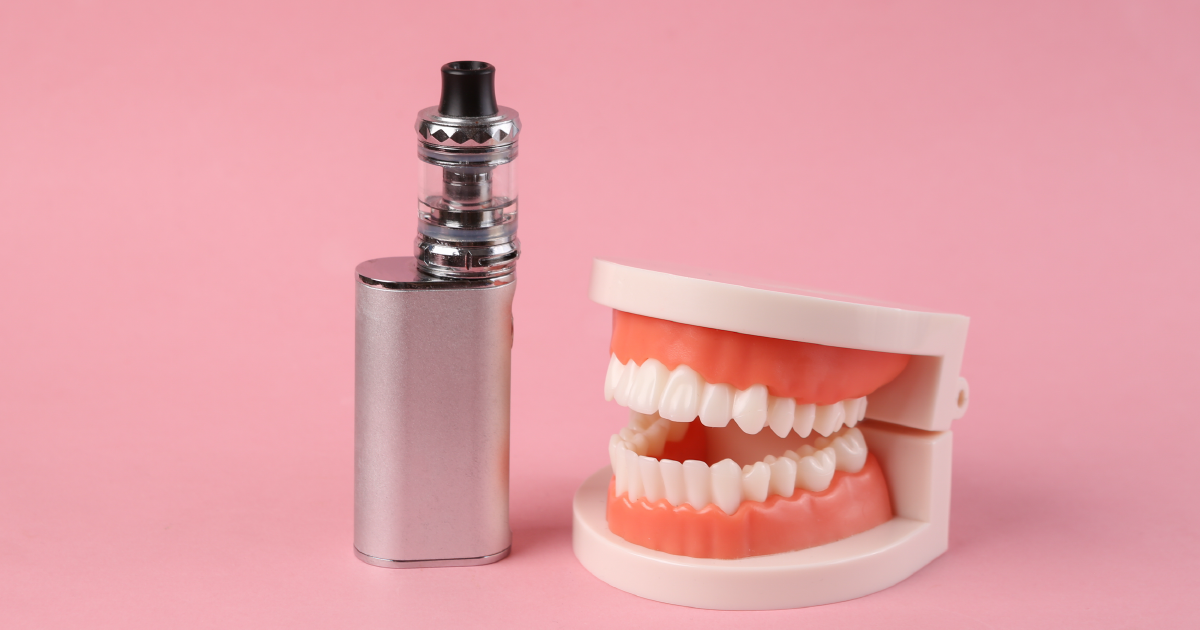
Category: Dental Hygiene

Root Canals: No More Pain!
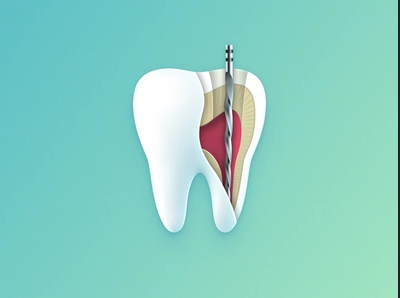
Root canals have historically gotten a bad rap, but they can be the saving grace for your extreme tooth pain, and the tooth itself! When many people think of root canal therapy, they fear the dentist or endodontist causing intense pain. However, that is not the case! In fact, root canals help to eliminate your tooth pain and are not a painful procedure.

There are numerous times when we get in contact with some unprotected ways that increase the chances of oral issues. Of course, brushing and flossing, dental insurance, and following good oral hygiene are crucial. But getting a habit of practising yoga can have an immense impact on your oral health through yoga asana (oral).
How to Floss with Braces
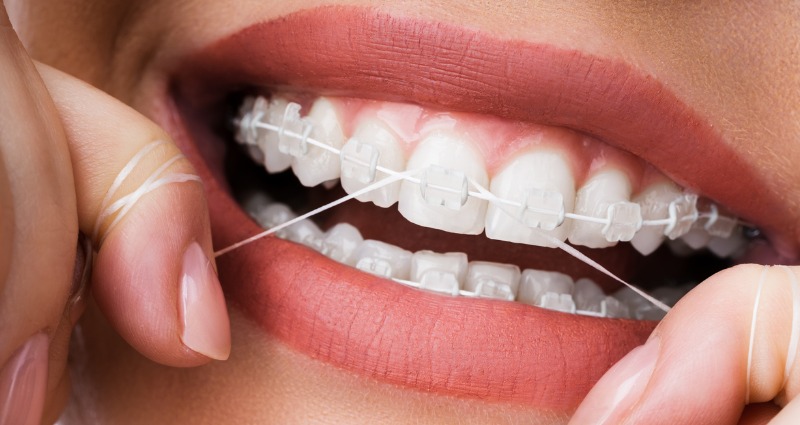
It takes extra time and effort, but it is possible to keep your mouth looking and feeling healthy and clean when you have braces.
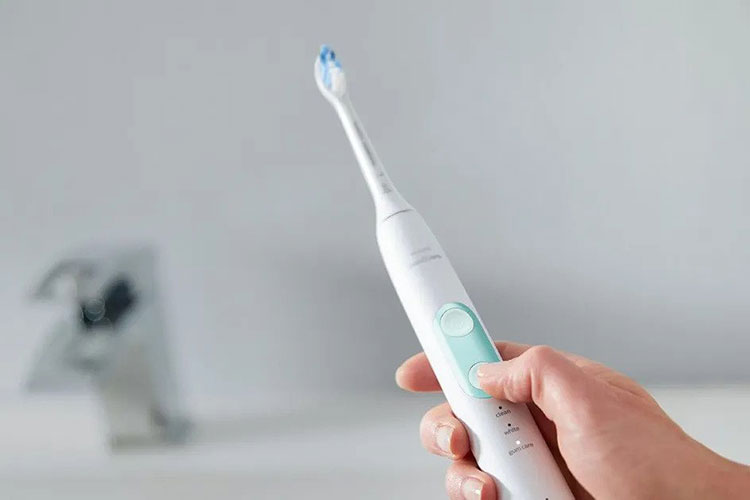
If you’re looking for the best, most efficient way to keep your teeth clean and in good health it is a great time to invest in an electric toothbrush. Why? Because it does most of the work for you and has a ton of benefits that come along with it.
Is Chewing Ice Bad for Your Teeth?

Chewing ice is a very common habit that isn’t impossible to break. Some people do this mindlessly after finishing a drink, while others do it to cool off in the summer heat. Although ice is simply frozen water with zero sugar, chewing it can still cause severe damage to your tooth enamel.
Turmeric for Teeth???
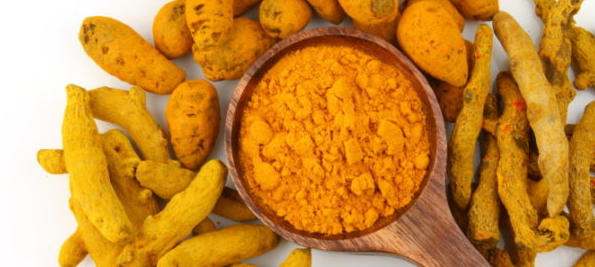
Turmeric (Haldi) has been used for thousands of years as a dye, a flavoring, and a medicinal herb. This ancient spice belongs to the ginger family and it contains a component called Curcumin. This component has antimicrobial, antiseptic, antioxidant and anti-inflammatory properties, which is quite useful in Dentistry also.
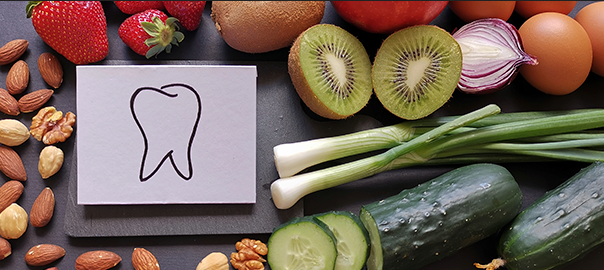
As a parent, you always find yourself trying to balance healthy and tasty food for your kids. Obviously, you cannot stop your child from eating sweets or cakes, but you can definitely use some tips from the dental experts for packing lunch for oral health.
Packing a lunch that promotes oral health is not only good for your teeth and gums, but it can also help keep your body healthy. Here are some tips on how to pack a lunch that promotes oral health:
- Choose foods that are low in sugar: Sugary foods and drinks can increase the risk of tooth decay. Instead, choose foods that are low in sugar such as fresh fruits and vegetables, whole-grain bread, and lean protein sources.
- Avoid sticky and chewy foods: Sticky and chewy foods such as candy and dried fruit can stick to your teeth and increase the risk of tooth decay. Choose foods that are less likely to stick to your teeth, such as apples, carrots, and nuts.
- Include calcium-rich foods: Calcium is important for strong teeth and bones. Include calcium-rich foods such as low-fat cheese, yogurt, and milk in your lunch.
- Drink plenty of water: Water helps to wash away food particles and keep your mouth hydrated. Drinking water throughout the day can help reduce the risk of tooth decay and keep your mouth healthy.
- Avoid acidic foods and drinks: Acidic foods and drinks such as citrus fruits and soda can erode tooth enamel over time. If you do consume acidic foods or drinks, rinse your mouth with water afterward.
- Chew sugar-free gum: Chewing sugar-free gum after meals can help stimulate saliva production, which helps to neutralize acids in the mouth and wash away food particles.
By following these tips, you can pack a lunch that promotes oral health and helps keep your teeth and gums healthy.
Promoting your kid’s oral health is the first step to keeping their overall health in check. With a few changes in their everyday meal, you can promote a healthy mouth. Here are some tips on packing a good lunch that your child will love to eat.

Would you believe more than 28 million people in the United States have dental benefits through Medicaid? That’s a lot of people! If you are one of them, rest assured, you aren’t alone. While Medicaid is an invaluable health care plan that has helped millions of Americans get the medical and dental care they need, it can also be confusing and difficult to navigate.
- Not all states offer comprehensive dental coverage under Medicaid. While Medicaid is a federal program, dental coverage is administered by the individual states, which means that benefits can vary widely from one state to another. Some states offer comprehensive dental coverage, while others offer only emergency services or limited coverage for certain procedures.
- Medicaid dental benefits are primarily focused on children. While some states do offer dental coverage to adults, Medicaid dental benefits are primarily aimed at children. This is because dental problems can have a significant impact on a child’s overall health, including their ability to eat, sleep, and learn.
- Medicaid dental benefits may be limited to certain providers. In some states, Medicaid dental benefits are only available through certain providers, such as community health centers or clinics. This can limit access to care for some Medicaid beneficiaries, particularly those living in rural areas.
- Medicaid dental benefits may have limits on certain procedures. Even in states where comprehensive dental coverage is available, there may be limits on certain procedures or treatments. For example, some states may only cover a certain number of cleanings or fillings per year, or may require prior authorization for certain procedures.
- Medicaid dental benefits may not cover cosmetic procedures. Medicaid dental benefits are focused on addressing dental problems that impact a person’s health or ability to function. As such, cosmetic procedures, such as teeth whitening or veneers, are generally not covered.
- Medicaid dental benefits may require copays or other out-of-pocket costs. While Medicaid dental benefits are designed to help low-income individuals access care, some states may require beneficiaries to pay copays or other out-of-pocket costs for certain procedures or treatments.
- Medicaid dental benefits may not cover orthodontic treatment. While some states do cover orthodontic treatment under Medicaid, it is generally not considered a medically necessary procedure and may not be covered. When coverage is available, there may be strict eligibility criteria and waiting lists for treatment.

Ingredients:
- 2/3 of 1 Whole Pineapple
- 1 ½ Tbs. Honey
- Peach
- ½ Cup Frozen Pineapple/ Mango
- 1 Banana
- 1 Orange
Recipe:
- Peel off all the fruits and put all the ingredients in the blender jar.
- Just blend it & the rich nutritious smoothie is ready !
What makes it tooth friendly ?
This great tasting snack contains a huge amount of Vitamin C. But the real tooth strengthening benefits come from Manganese, which is found in high quantities in pineapple. Manganese is a trace element that helps to build strong bones. One serving of this smoothie gives you a full daily supply of recommended manganese.
To make something tooth-friendly means to reduce the risk of damaging your teeth or promoting good dental health. Some of the factors that make something tooth-friendly are:
- Low acidity: Foods and drinks that are low in acidity are less likely to erode tooth enamel, which can lead to tooth sensitivity and cavities.
- Low sugar content: Sugary foods and drinks can cause tooth decay if left on the teeth for too long. Choosing low-sugar options can help reduce the risk of cavities.
- High in fiber: Foods high in fiber, such as fruits, vegetables, and whole grains, can help clean teeth and stimulate saliva production, which helps neutralize acid in the mouth.
- Calcium and phosphate: Foods high in calcium and phosphate, such as dairy products, can help strengthen tooth enamel and promote remineralization.
- Water: Drinking water helps rinse away food particles and bacteria from the mouth, and it also helps promote saliva production, which helps neutralize acid in the mouth.
Overall, choosing foods and drinks that are low in acidity and sugar, high in fiber, and contain calcium and phosphate can help promote good dental health and make them tooth-friendly.
There is one important item to note. The high acid level of pineapple along with the sweetness of added honey means that you shouldn’t neglect your regular brushing routine just because the nutrients in this smoothie are good for your teeth. Of course, you’re careful to brush twice a day for at least two minutes, right?
Almond cookies with xylitol
Ingredients:
- 2 cups coconut oil
- 1½ cups xylitol
- 2 eggs
- 1 teaspoon maple extract
- 1 teaspoon vanila extract
- 2 teaspoons almond extract
- 4 cups all-purpose flour
- 2 teaspoons baking soda
- 2 teaspoons cream of tartar
- A handful of whole almonds
Recipe:
Put cream coconut oil and xylitol together, now beat in the extracts
Add eggs and beat well.
Combine dry ingredients and slowly add to the creamed mixture. Drop a tablespoon full of this mixture onto the ungreased baking sheet. Make sure the drops are two inches apart.
Press an almond into the center of each cookie.
Bake at 350°F for 10-12 minutes.
Cool on wire racks and your cookies are ready.
What makes it tooth friendly :
When you have sweet tooth but don’t want the ‘cavity-causing’ sugar?
Xylitol is the solution for this, since it is a low calorie sweetener. This has decaypreventive qualities, inhibiting the growth of the oral bacteria that cause cavities.Find your next dentist at Perfect Teeth today!
Do You Have Soft Teeth? How to Strengthen Teeth
Human teeth are designed to be tough, though a very small percentage of the population suffers from soft teeth. Whether or not you have soft teeth, there are some things you can do to improve the strength and health of their teeth.
What Causes Soft Teeth?
The term “soft teeth” is often used to describe teeth that are more susceptible to cavities and decay. However, there is no scientific evidence to suggest that teeth can actually be inherently “soft.” In reality, dental problems are typically caused by a combination of factors, such as:
- Poor dental hygiene: If you don’t brush and floss regularly, plaque can build up on your teeth, leading to decay and cavities.
- High sugar and starch intake: Consuming foods and drinks high in sugar and starch can promote the growth of harmful bacteria in your mouth, which can attack your teeth and cause decay.
- Dry mouth: Saliva plays an important role in neutralizing acid in the mouth and washing away food particles and bacteria. If you have a dry mouth, either due to medication side effects or a medical condition, you may be at higher risk for tooth decay.
- Genetics: Some people may be genetically predisposed to weaker enamel, making their teeth more susceptible to decay.
- Acidic foods and drinks: Consuming acidic foods and drinks can erode tooth enamel, making your teeth more vulnerable to decay.
- Acid reflux: If you suffer from frequent acid reflux, stomach acid can flow into your mouth and erode your tooth enamel over time.
If you are concerned about the health of your teeth, it’s important to maintain good oral hygiene, limit your intake of sugary and acidic foods and drinks, and visit your dentist regularly for checkups and cleanings.
How to Keep Your Teeth Strong
There are some simple steps you can take to keep your teeth strong and healthy.
Diet
Limit eating sugary foods and drinks. These foods allow the bacteria in the mouth to thrive as it feeds on sugar. Foods that are high in acid should also be eaten in moderation to protect your teeth. Citrus fruits, tomatoes, peaches and pineapples, cheese and some other dairy foods, fish, fresh and processed meats, nuts and seeds are all high in acid.
Teeth Brushing
Always use a soft bristle brush to clean your teeth. A hard bristle can cause wear and tear on the enamel and even leave brush marks. Even with braces, there’s no need to brush your teeth using a firm hand. You need a good technique to make sure you’re effectively cleaning around the brackets rather than brushing vigorously. Brush gently and thoroughly to ensure you clean your teeth properly.
Brush your teeth after each meal to remove food particles and bacteria from your mouth. However, if you’ve eaten acidic foods, it’s best to wait 30 minutes. Foods that contain citric acid in particular soften the tooth enamel for a while and if you brush straight after, you can cause damage to the enamel. Be sure to floss your teeth twice a day to remove any bacteria and plaque between teeth and help keep your teeth and gums healthy.
While you can’t replace lost enamel, you can use a remineralising toothpaste to increase the mineral content of tooth enamel. Remineralising toothpaste helps strengthen the tooth and can repair weak spots that are sensitive to hot and cold foods and drinks. Remineralising toothpastes contain ingredients such as stannous fluoride, sodium fluoride and calcium phosphate.
